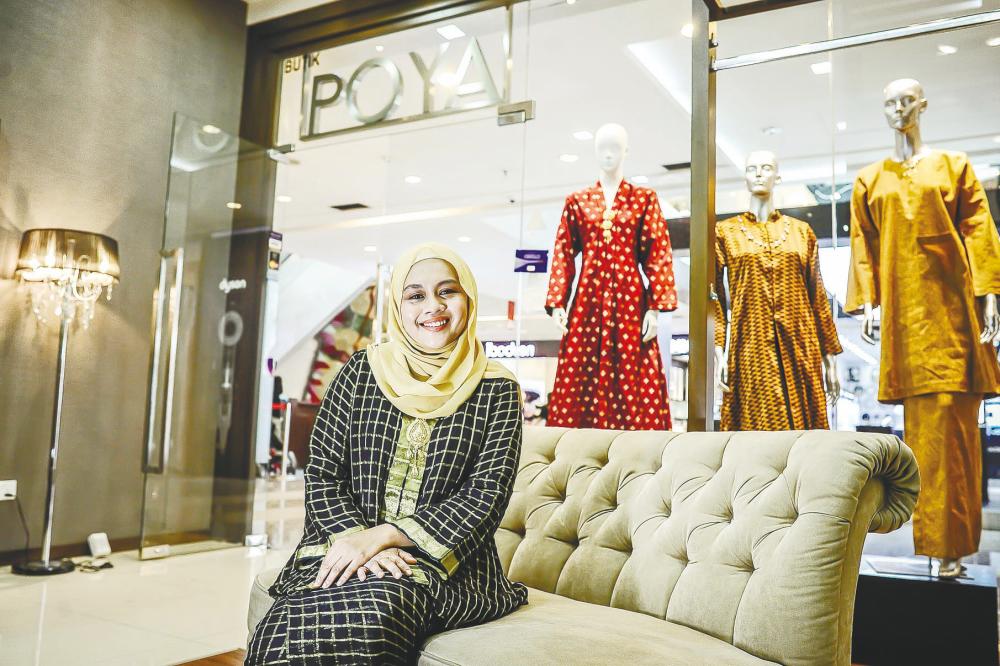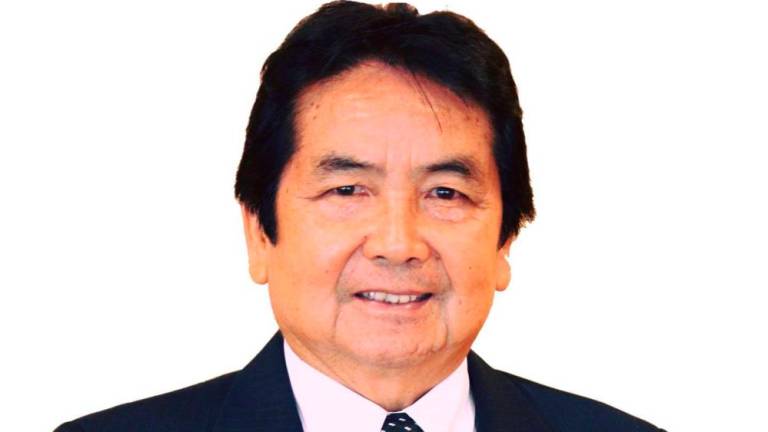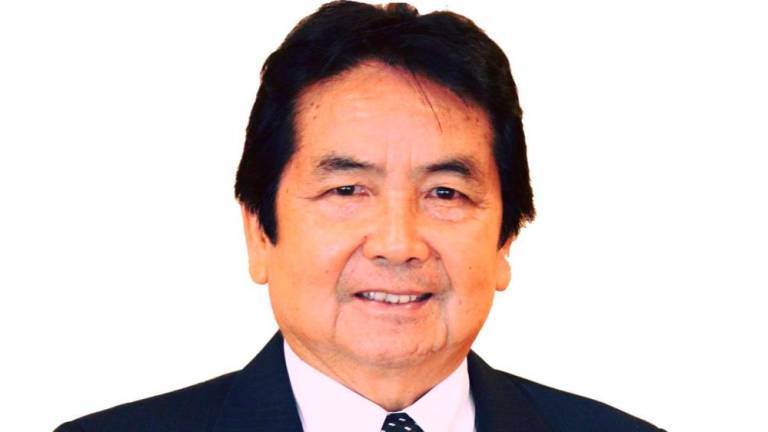WHAT makes Malaysia unique is that we embrace each other’s cultures. Even traditional attire is not limited to a particular ethnic group. Our multicultural surroundings provide us with heaps of options, and locals are open to the idea of wearing different styles of traditional outfits for different occasions.
Meanwhile, there are a number of consumers of various ethnicities who are willing to invest in the Malay traditional garment, especially for events and gatherings. It was surprising to find this out from Adilah Ahmad Khairudin, the new designer of Poya, a Malay heritage wear brand which was founded 20 years ago.
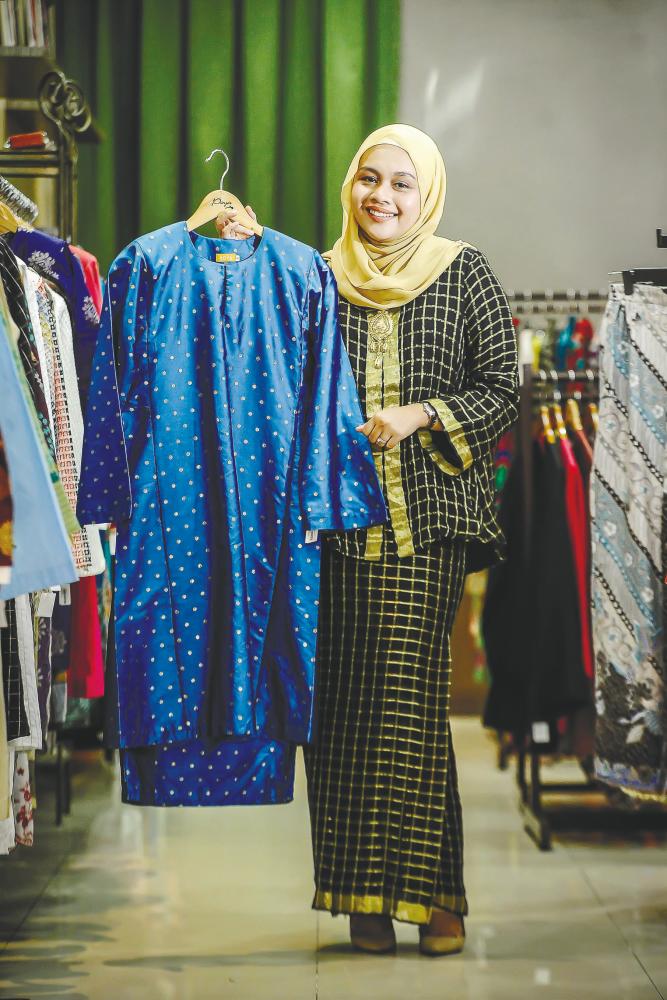
“We sustain our business through our corporate customers, as they require these traditional outfits for formal events or office wear. [Periods such as] the month before fasting month, the fasting month itself, and Raya are our busiest times. After Raya, there are a number of Chinese and Indian customers who come looking for Malay traditional clothes for their open houses.”
Adilah enjoys interacting with customers, especially her non-Malay customers, and sharing her knowledge regarding the different cuts and styles.
“I think the explanation helps a lot. I’ll explain to them that there are more styles than just the iconic kebaya Nyonya. I like to show them the variation of the different cuttings, and they don’t mind exploring what suits them.
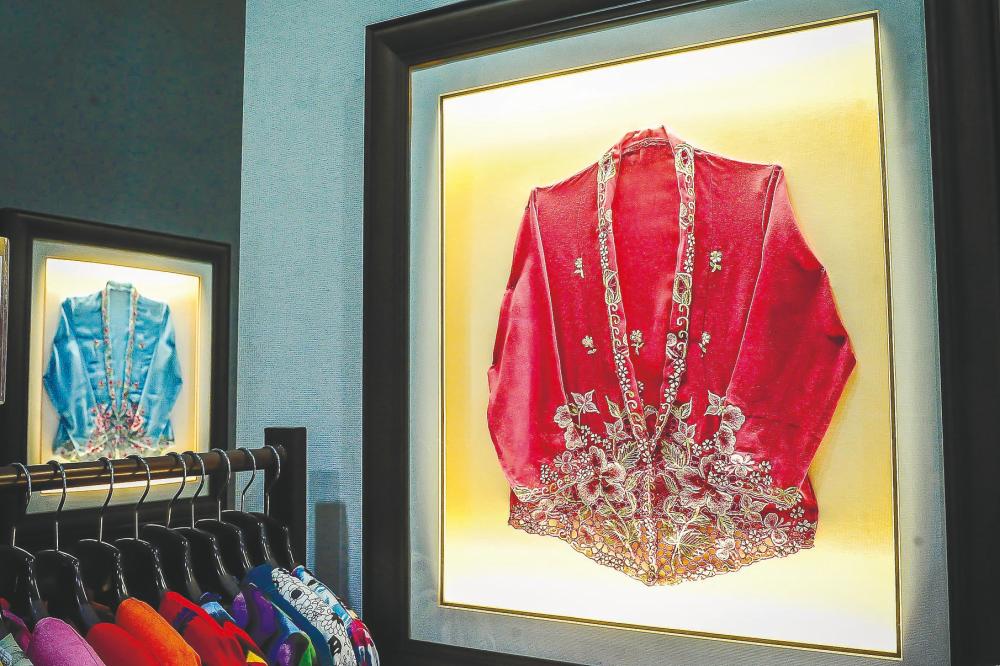
“There was this one time where a customer came in to Poya and told me: ‘It wouldn’t be appropriate to wear a dress to a Malay wedding as I would like to respect the customs.’”
The heritage wear brand was founded by Adilah’s mother, Sharifah Naemah Khalidza, with the vision of bringing more refined traditional pieces to the local market. Poya’s first boutique remains in the same location at Bangsar Shopping Centre (BSC).
“At first, we were selling brooches from South Korea at BSC and the management said to us: ‘We want a Malay traditional shop, if you can do that, we will create a space for you, then you can start selling.’
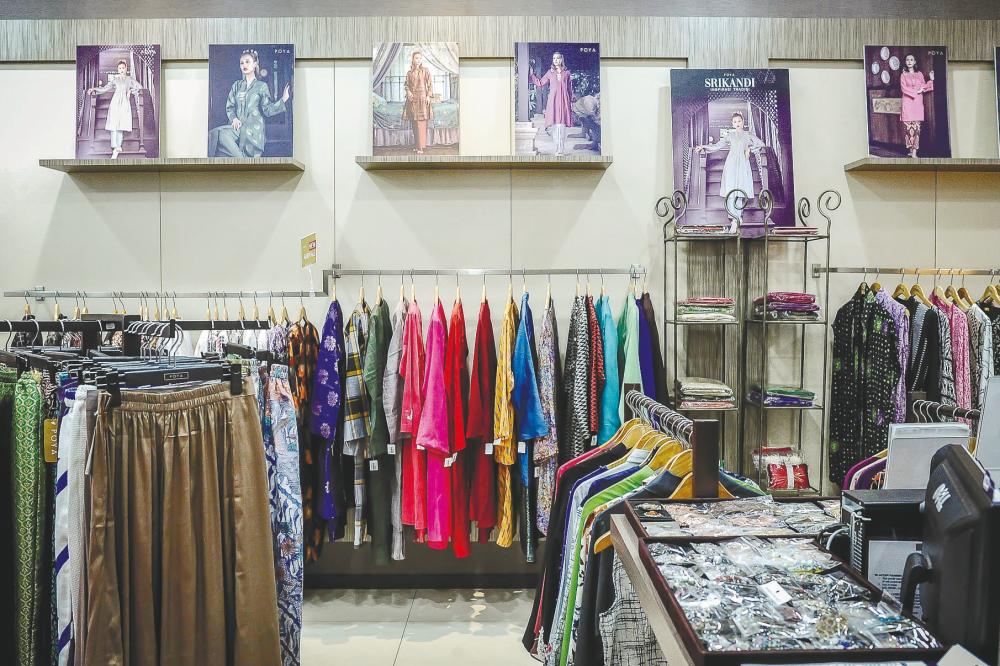
“We took the challenge, opened up in BSC, and renovated the store. My mum and I both didn’t know how to sew or sketch, but it was power of the mind. We started sourcing for tailors and fabrics to help us with the designs.
“My mum was at the store almost every day in an effort to get to know the clients, and the market here (BSC) is more to the middle and upper class. We ensure that the colours and styles [can appeal to customers], because these customers have their own taste, which is a criteria that we have to meet. The piece has to be beautiful in order for people to buy. So the design was the main focus, instead of the price.”
Being in the advertising industry for the past six years has equipped Adilah with the knowledge that enabled her to take over her mother’s fashion empire. She shared what made Poya stand out in comparison to other brands.
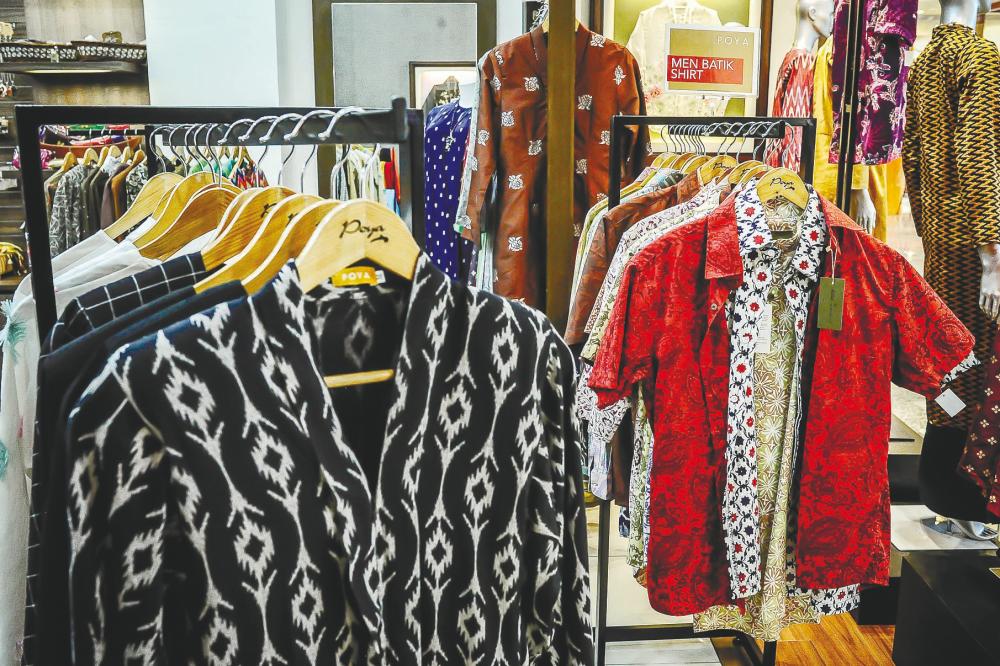
“Our brand’s strength is the fabric, because of our own sourcing. We started to explore what Pakistan and India has to offer in terms of materials. We always handpick our fabrics, and that makes a lot of difference when it comes to Malay traditional outfits because most brands turn to China for materials. So it is not surprising to see some stores carrying the same merchandise.”
For this year’s new collection, Poya has decided to uphold its signature colour scheme, and add some details while maintaining the comfort of its traditional pieces.
“Poya is known for our bold colours, and we will still continue to do that for this year’s collection. Vibrant colour is the strength of India’s fabric market. Since 60% of our fabric comes from India, you can expect colours like electric blue or blazing red.
“We will also go back to classic fabrics such as brocade and checkered. There will also be pieces with a high collar known as ‘cekak musang’, and pockets.”



